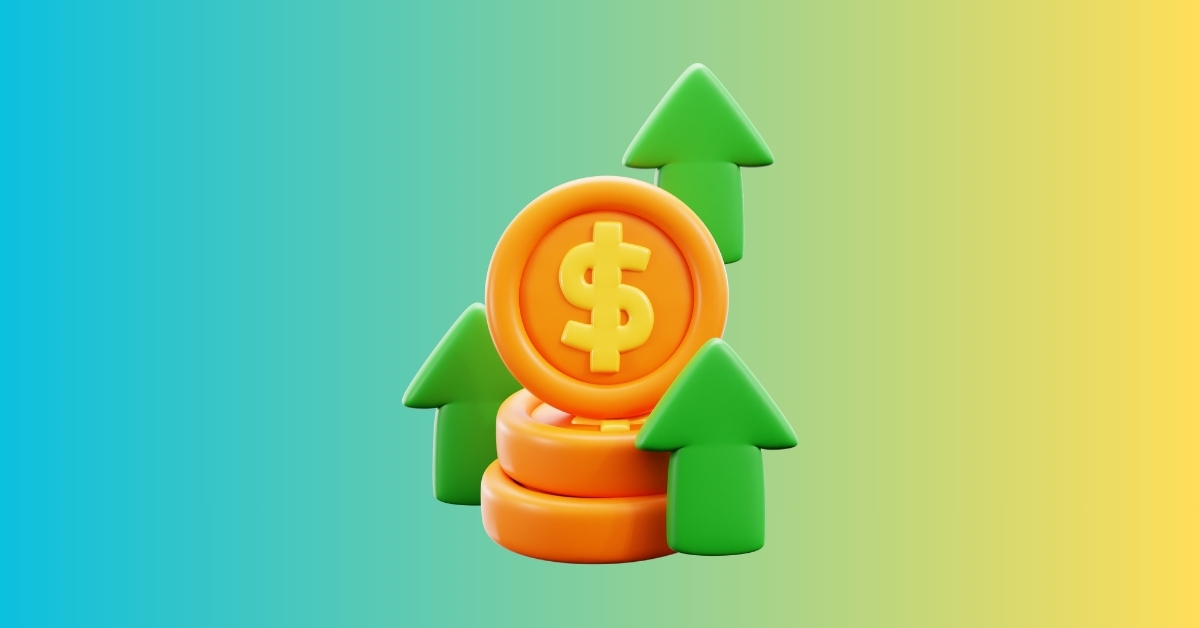Open Banking is revolutionizing the financial landscape by enabling secure sharing of customer financial data between banks and third-party providers through APIs (Application Programming Interfaces). This collaborative model promotes innovation, competition, and better customer experiences by allowing users to access and manage their financial data across multiple platforms seamlessly.
As we move into 2025, Open Banking is becoming increasingly significant due to its transformative impact on banking, payments, and financial services. Here’s what you need to know about Open Banking and why it matters now more than ever.
1. What is Open Banking?
At its core, Open Banking allows customers to share their financial data securely with authorized third-party providers. These providers can offer tailored financial products and services, such as budgeting tools, loan comparisons, and streamlined payments.
How It Works:
● Customers authorize third-party providers to access specific financial data, such as account balances or transaction histories.
● APIs facilitate secure data sharing between banks and these providers.
● Customers can use this data to access personalized financial advice, credit scoring, and seamless payment solutions.
2. Why Does Open Banking Matter in 2025?
a. Enhanced Customer Experiences
Open Banking empowers customers to have greater control over their finances. Users can make smarter financial decisions by integrating multiple accounts and financial tools into a single platform.
Example: Apps that consolidate accounts from different banks allow users to track spending, set budgets, and save more efficiently.
b. Fostering Innovation
The Open Banking ecosystem encourages competition by leveling the playing field for fintech startups. By accessing customer data, these innovators can develop niche solutions, such as tailored credit offerings or AI-driven investment advice.
Pro Tip: Traditional banks leverage Open Banking partnerships to modernize their services and remain competitive.
c. Revolutionizing Payments
In 2025, Open Banking streamlined payments by enabling direct account-to-account transfers, bypassing traditional card networks. This reduced transaction fees, sped up processing, and improved transparency.
Example: Merchants adopting Open Banking payment systems can offer secure, real-time checkout experiences at lower costs.
d. Promoting Financial Inclusion
Open Banking provides underbanked populations with access to alternative financial services. Tools like digital credit assessments and micro-loans based on transaction data help bridge gaps in traditional banking.
3. Challenges and Opportunities
While Open Banking presents immense opportunities, it also comes with challenges:
● Data Privacy and Security: Protecting customer data is a top priority.
● Consumer Awareness: Educating users about Open Banking benefits and risks is crucial for widespread adoption.
● Regulatory Alignment: Compliance with regional regulations like GDPR or PSD2 remains complex for global implementation.
Despite these hurdles, Open Banking’s potential to reshape the financial ecosystem is undeniable.
Conclusion
As we navigate 2025, Open Banking is a cornerstone of financial innovation. Enabling secure data sharing fosters personalized services, streamlined payments, and financial inclusion. Open Banking represents a future of transparency, collaboration, and enhanced economic empowerment for businesses, banks, and consumers.
By embracing Open Banking, the financial industry can unlock new possibilities and create a world where managing money is more straightforward, innovative, and inclusive.
#OpenBanking #Fintech2025 #FinancialInnovation #DigitalBanking #PaymentsRevolution
Categories



